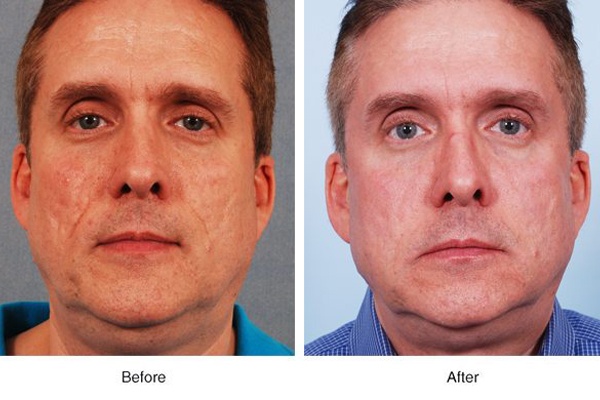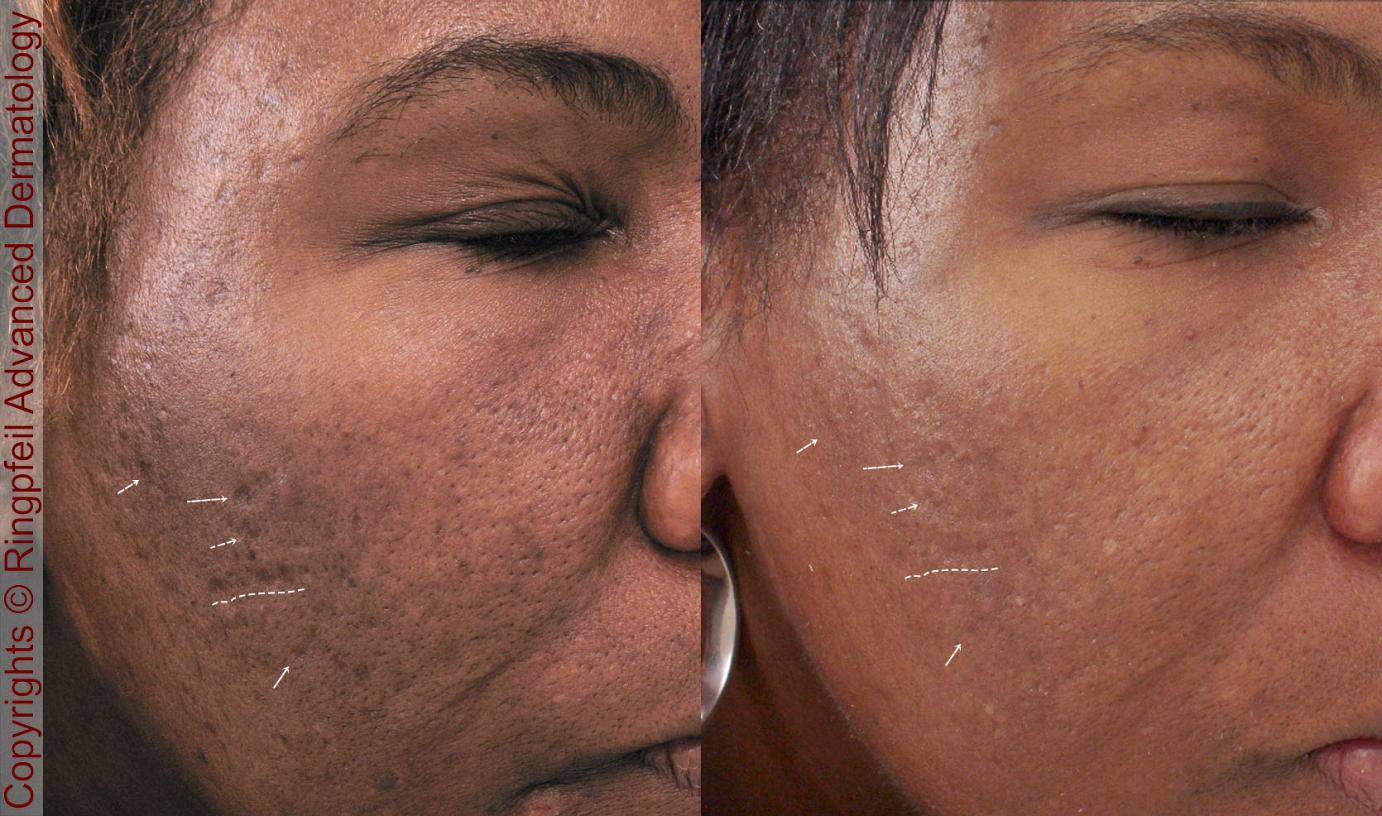Skin Rejuvenation Treatments: The Ultimate Guide to Rejuvenating Your Skin
Skin Rejuvenation Treatments: The Ultimate Guide to Rejuvenating Your Skin
Blog Article
Exploring Skin Disease: Dealing With and identifying Acne Scars for Healthier Skin
Acne marks stand for a substantial concern for individuals seeking to preserve healthy and balanced skin, as they can influence both look and self-esteem. Comprehending the different kinds of marks, from atrophic to hypertrophic, is important for establishing appropriate therapy options. While professional interventions like chemical peels and microneedling can be efficient, the relevance of personalized care plans can not be overstated. Preventative steps play a critical duty in decreasing future scarring. As we discover these elements, one have to take into consideration how the right method can result in transformative outcomes.
Understanding Acne Scars

The body's all-natural healing process can cause either atrophic scars, which look like depressions in the skin, or hypertrophic marks, which are increased and result from overproduction of collagen. In addition, the psychological toll of acne scars must not be underestimated; numerous people report sensations of shame, anxiety, and reduced self-worth. This psychological burden can affect social interactions and general lifestyle.
Resolving acne scars requires an extensive understanding of their formation and effect. Recognition of the possibility for long-term effects connected with unattended marks can inspire people to look for proper therapies. Early treatment and efficient administration methods can dramatically boost skin look and boost emotional durability, highlighting the value of comprehending the complexities surrounding acne scars.
Types of Acne Marks
Acne marks can be classified into distinct types, each showing one-of-a-kind characteristics and calling for details therapy strategies. skin rejuvenation treatments. The key kinds of acne scars include atrophic, hypertrophic, and keloid scars

Hypertrophic scars, in comparison, are increased above the skin degree and are the result of too much collagen production throughout the healing procedure. They typically continue to be within the limits of the original acne lesion. Keloid marks are similar however expand beyond the initial injury site, creating bigger, increased locations that can be agonizing or scratchy.
Recognizing these kinds of marks is vital for selecting ideal therapy options. Different scars might respond much better to details treatments, such as laser treatments, fillers, or surgical interventions, highlighting the value of a customized strategy to acne scar management.
Identifying Your Marks
Acne marks generally fall right into 2 categories: hypertrophic and atrophic marks. These can further be categorized right into ice-pick marks, boxcar scars, and rolling scars, each displaying distinct attributes and calling for various approaches for analysis.
Hypertrophic scars, on the other hand, are increased and take place due to extreme collagen manufacturing during the healing procedure. Recognizing the particular attributes of your marks-- such as deepness, texture, and size-- is crucial for proper recognition (acne scars treatment). Furthermore, take into consideration the distribution of marks throughout your skin, as this can suggest the severity and period of the acne problem
Engaging with find out a skin doctor can provide useful insights into the nature of your marks, helping in the differentiation in between different types. A read here thorough understanding of your scars will ultimately bring about a much more customized and effective treatment plan, guaranteeing a more clear and much healthier skin tone.
Therapy Alternatives Offered
Determining the particular sort of acne scars existing on your skin prepares for checking out efficient therapy alternatives. Usual types of acne scars consist of atrophic (depressed), hypertrophic (increased), and post-inflammatory erythema.
For atrophic scars, alternatives such as chemical peels, microneedling, and laser resurfacing are extensively utilized. Chemical peels off use acids to remove the outer layer of skin, advertising new cell development.
Hypertrophic scars can be treated with corticosteroid shots to flatten the scar or laser treatment to minimize redness and enhance appearance. Silicone gel sheets and pressure dressings might also help in managing increased marks.
In addition, facial fillers can temporarily fill up in depressions from atrophic scars, while medical excision may be proper for extreme situations. Each therapy option has its benefits and factors to consider, making it important to seek advice from a skin doctor. They can provide individualized recommendations based on the kind and extent of try this website your scars, in addition to your skin kind and overall wellness.
Tips for Avoidance
Effective prevention methods can dramatically reduce the likelihood of developing acne scars. Using non-comedogenic products assists stop clogged up pores, which can intensify acne.
Staying clear of need to stand out or choose acne lesions is vital, as this can bring about much deeper skin damages and raise the threat of scarring. Rather, take into consideration using a cold compress or over-the-counter treatments to reduce swelling and redness.
Sun protection is an additional essential facet of avoidance; ultraviolet (UV) rays can dim marks and hinder the recovery procedure. Using a broad-spectrum sunscreen with at the very least SPF 30 daily can shield the skin and advertise even healing.
Last but not least, keeping a balanced diet rich in vitamins, anti-oxidants, and minerals supports skin health and recovery. Remaining moisturized and managing stress and anxiety degrees can also play a significant function in reducing acne flare-ups. By applying these techniques, people can substantially lessen their possibilities of developing acne scars.
Verdict
In conclusion, understanding and determining acne marks is essential for effective treatment and accomplishing much healthier skin. Various types of acne scars, including hypertrophic and atrophic marks, demand specific interventions tailored to private demands.
The body's all-natural recovery procedure can result in either atrophic scars, which appear as depressions in the skin, or hypertrophic scars, which are raised and result from overproduction of collagen. They are further divided into three subtypes: ice pick scars, boxcar scars, and rolling scars. Acne scars generally fall into two categories: atrophic and hypertrophic marks. These can further be identified right into ice-pick marks, boxcar marks, and rolling marks, each displaying unique attributes and needing different methods for assessment.
Various kinds of acne marks, consisting of hypertrophic and atrophic marks, require certain treatments customized to specific demands.
Report this page